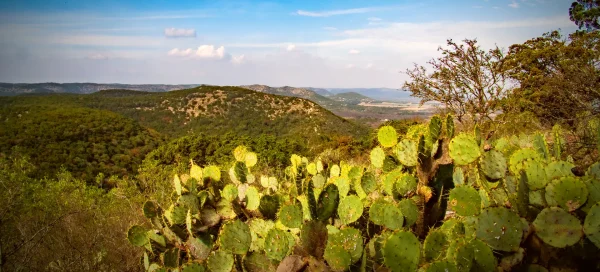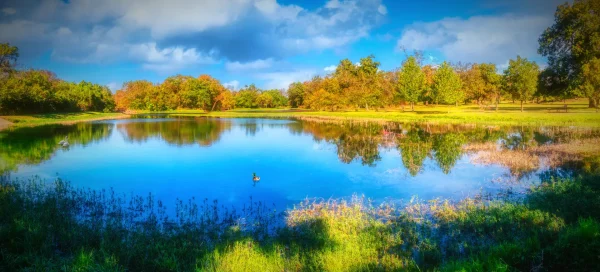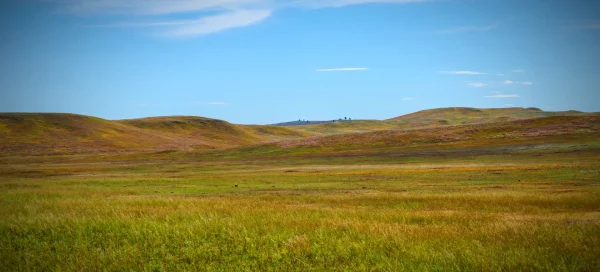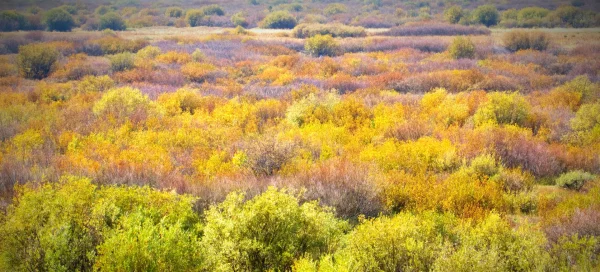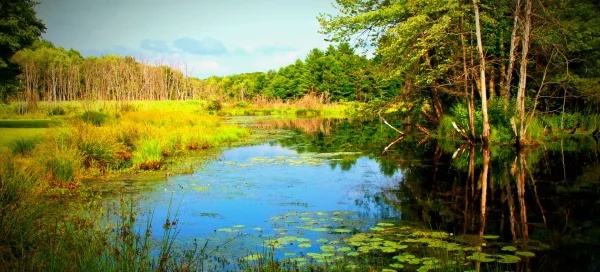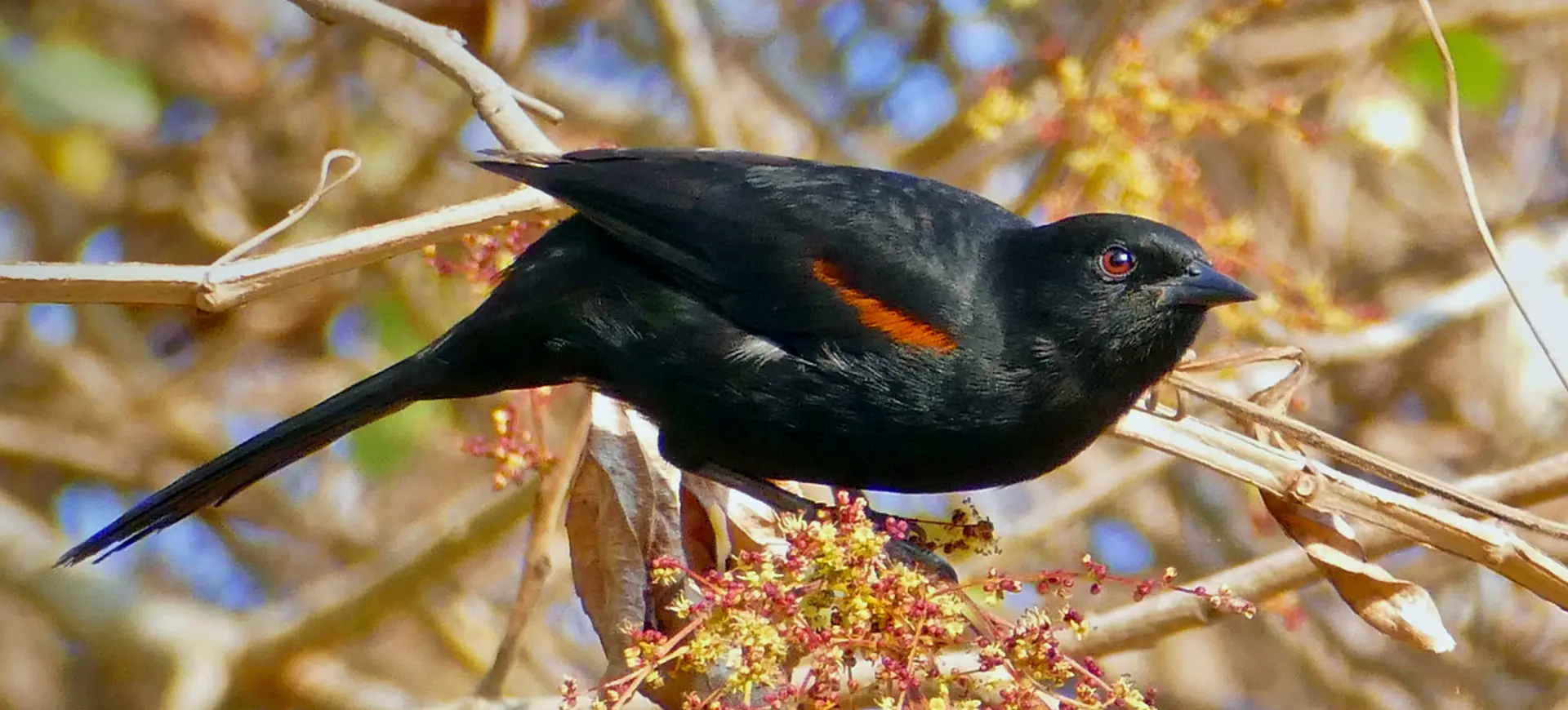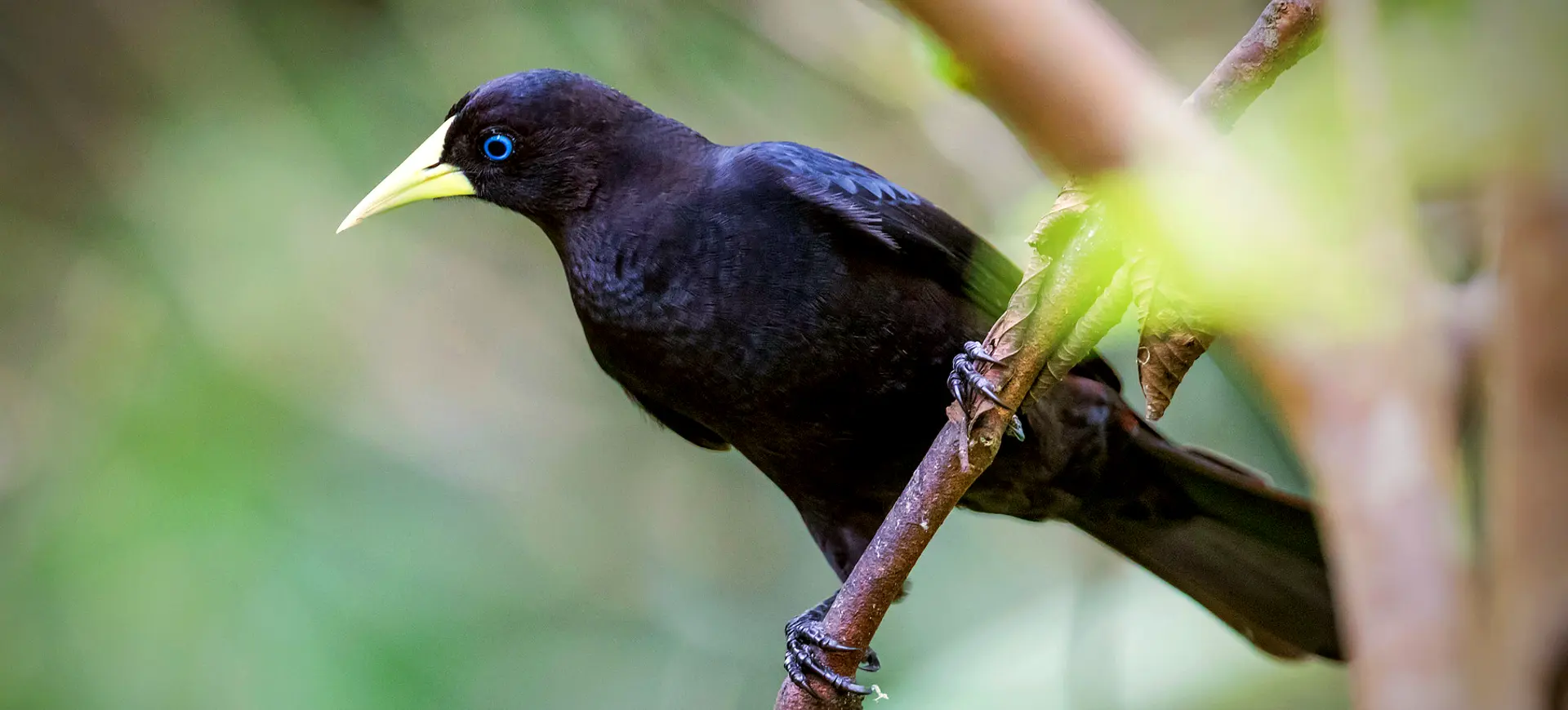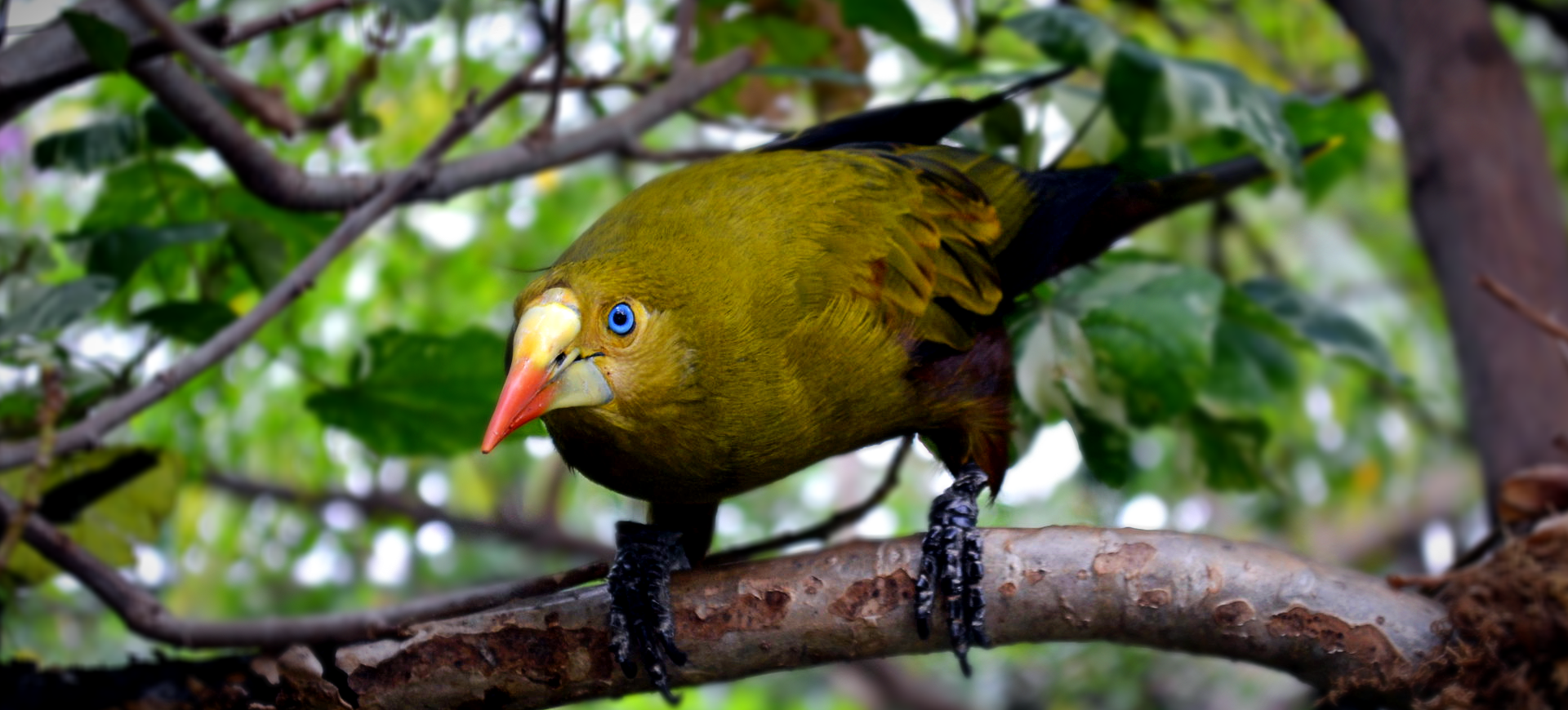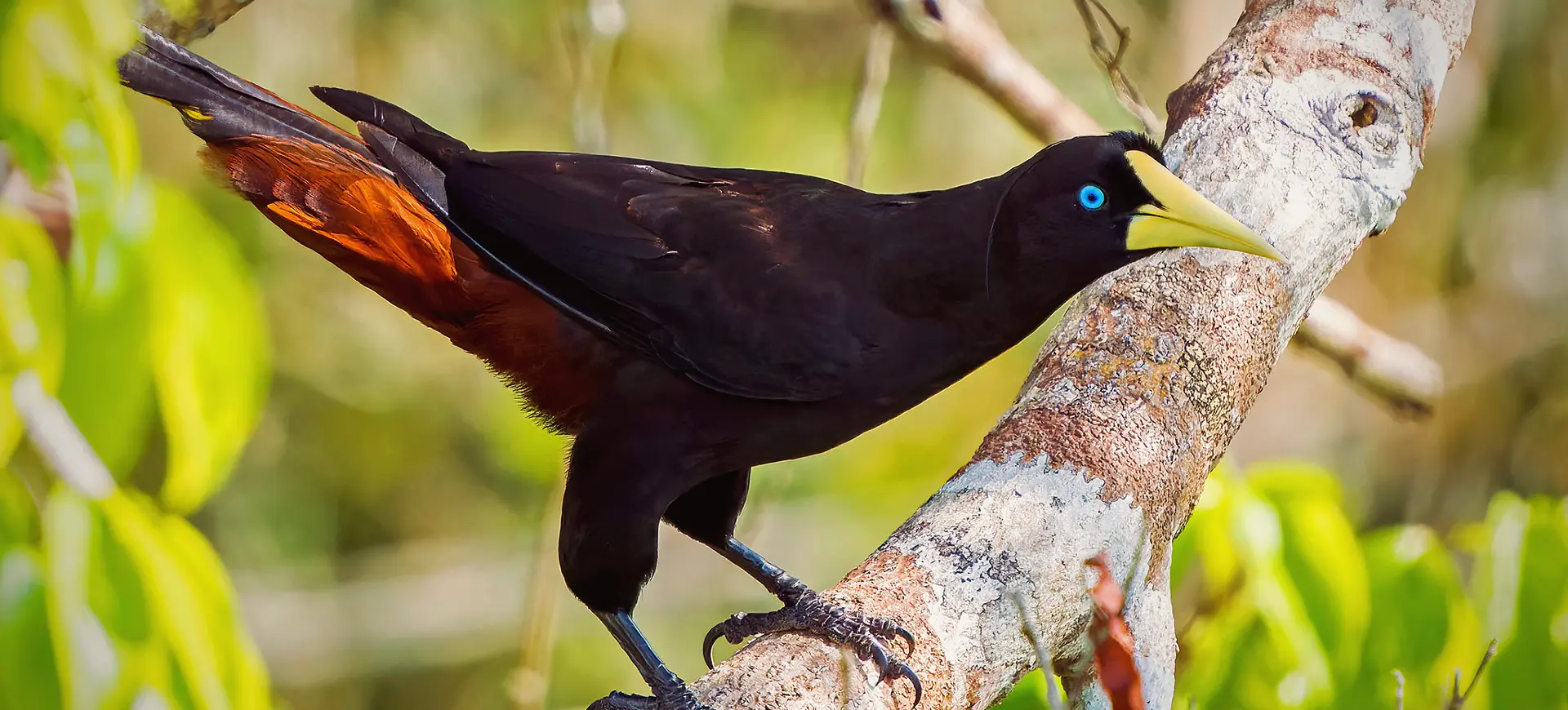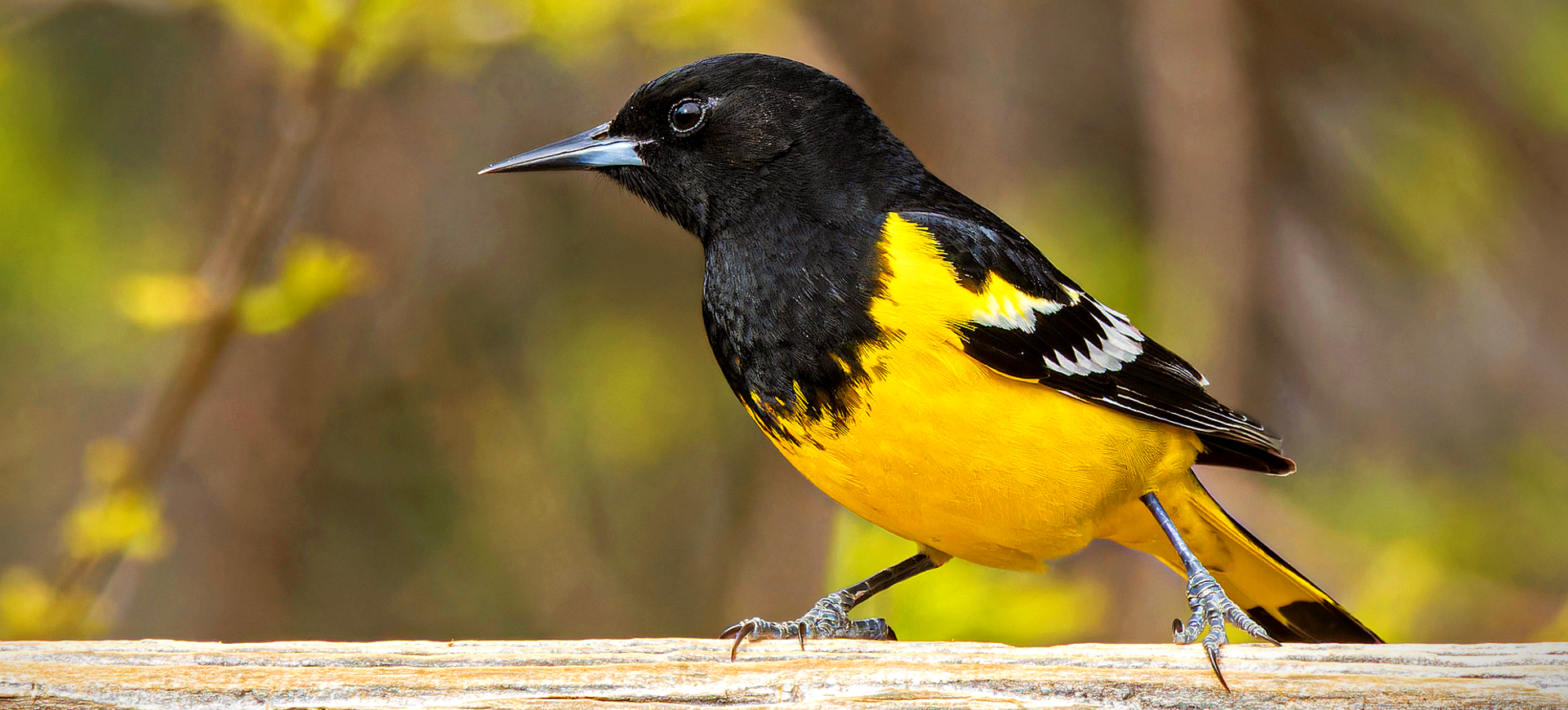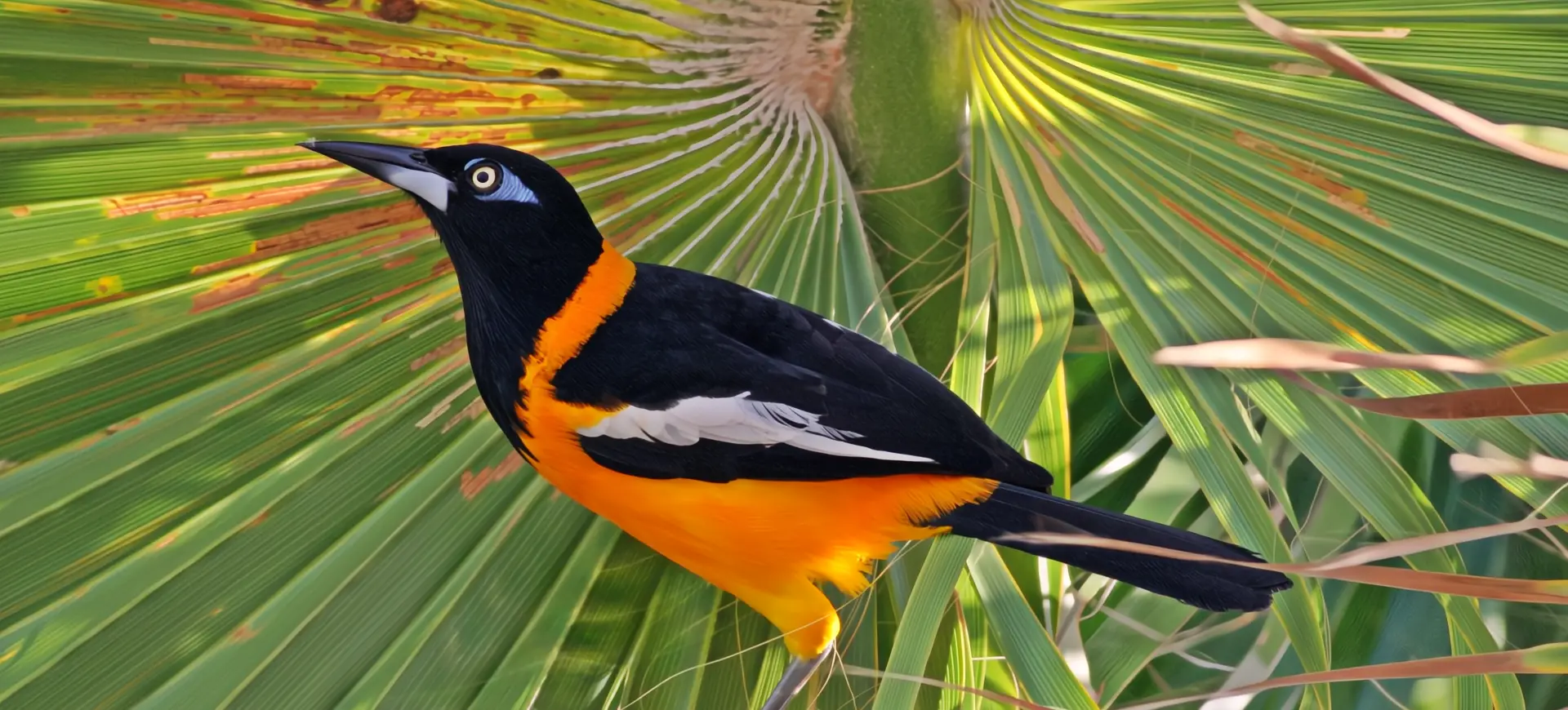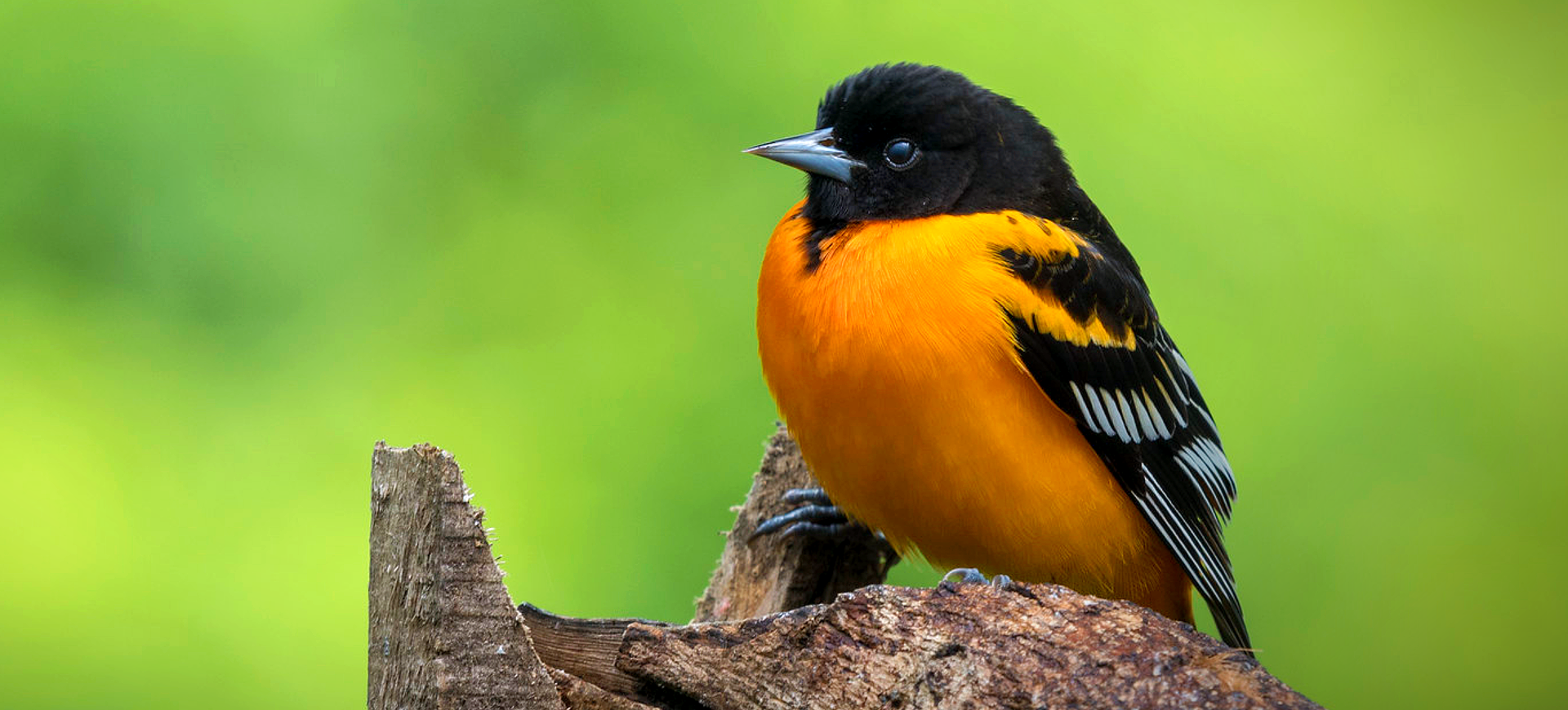Overview
The Red-winged Blackbird (Agelaius phoeniceus) is a passerine bird native to North America, renowned for the males’ striking black plumage and vibrant red shoulder patches. These patches, or epaulets, are most prominent during the breeding season and are used to attract females and deter rivals. Females, in contrast, are more subdued in color, with brown, streaked feathers that offer camouflage in their marshy habitat. The species exhibits significant sexual dimorphism, not only in coloration but also in size, with males being notably larger than females.
Red-winged Blackbirds are highly adaptable and can be found in various wetland and open-field habitats. They are one of North America’s most abundant and broadly distributed birds, showcasing a remarkable ability to live in close proximity to human developments. These birds are known for their rich, musical calls, which males use to claim territory and communicate with others. During the winter, Red-winged Blackbirds often gather in large flocks, sometimes numbering in the millions, to forage and roost, demonstrating a complex social structure.
The diet of the Red-winged Blackbird is omnivorous, consisting of insects, seeds, and grains. This varied diet helps them thrive in various environments and contributes to their success as a species. They play a significant role in their ecosystems, acting as both predator and prey, and their foraging habits help control insect populations and disperse seeds.
Taxonomy
Kingdom
Phylum
Class
Order
Family
Genus
Species
Sub Species
Type
Physical Description:
Male Red-winged Blackbirds are easily identified by their glossy black feathers and bright red and yellow shoulder patches. These vibrant colors contrast sharply against their dark body, making them one of the most easily recognized birds in their range. Females, however, display a more muted appearance with brown, streaked plumage that blends into the marshy landscapes they inhabit. This coloration serves as effective camouflage, protecting them from predators while nesting.
The size of Red-winged Blackbirds varies, with males typically measuring about 8.7 to 9.1 inches in length and weighing between 1.1 to 2.7 ounces, while females are slightly smaller. Their wingspan ranges from 12 to 15.8 inches, allowing for agile flight and maneuverability through dense vegetation. Despite their small size, these birds are known for their boldness, often defending their territory aggressively against much larger birds.

Lifespan: Wild: ~3 Years || Captivity: ~15 Years

Weight: Male: 1.1-2.7 ounces (31-77 g) || Female: 1.1-2.4 ounces (31-68 g)

Length: Male: 8.7-9.1 inches (22-23 cm) || Female: 6.7-7.1 inches (17-18 cm)

Wingspan: Male & Female: 12-15.8 inches (30.5-40 cm)

Top Speed: 30 mph (48 km/h)
Characteristic:
Native Habitat:
Red-winged Blackbirds are native to North America and thrive in various habitats, including freshwater and saltwater marshes, wetlands, agricultural fields, and grasslands. They prefer dense vegetation near water bodies, where they build their nests and find ample food. Their adaptation to a wide range of habitats has enabled them to become one of the continent’s most widespread bird species.
The species’ ability to adapt to different environments is also evident in their nesting habits. Red-winged Blackbirds often construct their nests in cattails, reeds, or bushes, usually over water or in dense, marshy vegetation. This strategy helps protect their nests from predators and provides easy access to food sources.
Climate Zones:
Biomes:
Biogeographical Realms:
Continents:
Countries:
Diet:
Diet & Feeding Habits:
Red-winged Blackbirds have an omnivorous diet that includes various insects, seeds, and grains. In the summer, their diet primarily consists of insects such as beetles, caterpillars, and flies, which provide the necessary protein for breeding and growth. During the fall and winter, they shift towards consuming more seeds and grains, often visiting agricultural fields where they are sometimes considered pests.
Despite their occasional pest status in agricultural settings, Red-winged Blackbirds are crucial in controlling insect populations and dispersing seeds. They forage in groups and individually, utilizing their sharp beaks to extract seeds from plants and catch insects. Their feeding behavior varies seasonally and is influenced by the availability of food sources in their habitat.
Mating Behavior:
Mating Description:
Red-winged Blackbirds exhibit a polygynous mating system, where males may mate with several females during the breeding season. Males establish and defend territories in their breeding grounds, using their bright red shoulder patches and vocalizations to attract females and deter rivals. Females select their mates based on the quality of the territory, the males’ displays, and their vocalizations.
The breeding season for Red-winged Blackbirds begins in early spring and can last through the summer. Females are responsible for building the nest, typically in dense vegetation near water. After mating, females lay 2 to 4 eggs, which they incubate for about 11 to 12 days. The chicks are altricial, requiring several weeks of care before they can fledge and become independent.
Reproduction Season:
Birth Type:
Pregnancy Duration:
Female Name:
Male Name:
Baby Name:
Social Structure Description:
Red-winged Blackbirds exhibit a complex social structure, particularly during the breeding season. Males are territorial and polygynous, often defending their territories aggressively against intruders. Conversely, females are responsible for nest building and raising offspring, often nesting within a male’s territory but not forming lasting bonds with the males.
Outside the breeding season, Red-winged Blackbirds gather in large flocks, sometimes numbering in the millions. These flocks provide safety in numbers and increase the efficiency of finding food. The social dynamics within these flocks can be intricate, with birds often changing positions and roles within the group.
Groups:
Conservation Status:
Population Trend:
Red-winged Blackbirds are among North America’s most abundant and widespread bird species. Their populations are stable overall, with millions of individuals recorded. However, local populations may fluctuate due to habitat changes, food availability, and other environmental factors. These birds are highly adaptable, which has allowed them to thrive in a wide range of conditions.
Despite their overall abundance, Red-winged Blackbirds face habitat loss and degradation threats, particularly in wetland areas. Agricultural expansion and urban development can reduce the availability of suitable nesting sites. Additionally, the use of pesticides in agricultural areas can decrease the availability of insects, impacting their diet and breeding success.
Population Threats:
The primary threats to Red-winged Blackbird populations include habitat loss and degradation, particularly in wetland environments crucial for breeding and feeding. Urban expansion and agricultural development can also destroy their natural habitats. Additionally, pesticide use in agriculture can reduce insect populations, constituting a significant part of their diet during the breeding season.
Climate change also poses a potential threat to Red-winged Blackbirds by altering their habitat and the availability of food sources. Extreme weather events, such as droughts and floods, can impact wetland ecosystems, affecting the birds’ ability to find suitable nesting sites and sufficient food.
Conservation Efforts:
Conservation efforts for Red-winged Blackbirds focus on preserving and restoring their natural habitats, especially wetlands and marshes. Organizations and government agencies work to protect these areas through legislation, land management practices, and the establishment of protected areas. Educational programs aim to raise awareness about the importance of wetlands for Red-winged Blackbirds and the overall health of ecosystems.
Research on Red-winged Blackbird populations and their habitat requirements helps inform conservation strategies. Monitoring population trends and the effects of environmental changes is crucial for adapting conservation efforts to ensure the species’ long-term survival.
Additional Resources:
Fun Facts
- Red-winged Blackbirds are one of the first signs of spring in many areas, as males return to their breeding grounds before the females.
- The male’s red and yellow shoulder patches, known as epaulets, are used in displays to attract females and intimidate rivals.
- Females can lay up to four broods in a single season, making them highly reproductive.
- Despite their small size, they are known to aggressively defend their territories against much larger birds, including hawks and crows.
- Red-winged Blackbirds can eat up to half their body weight in seeds and insects daily.
- They have diverse vocalizations, each serving different purposes, such as mating calls, alarm calls, and territory defense.
- The oldest recorded Red-winged Blackbird was 15 years and 9 months old.
- They are highly adaptable and can live in various habitats, from marshes to agricultural fields.
- In winter, Red-winged Blackbirds join mixed-species flocks that can include grackles, starlings, and cowbirds.
- Their large flocks can cause significant damage to crops, leading to conflicts with farmers.

